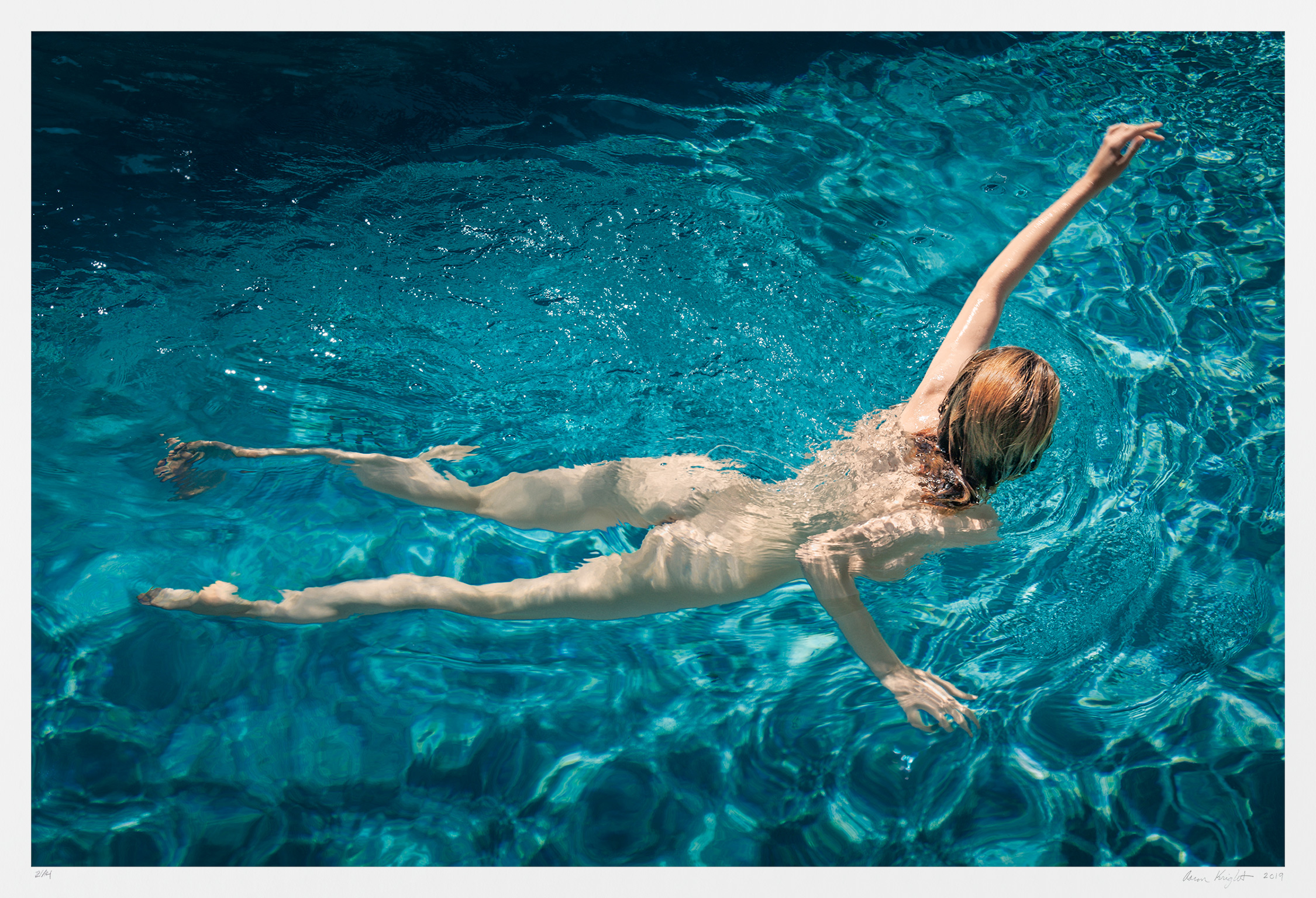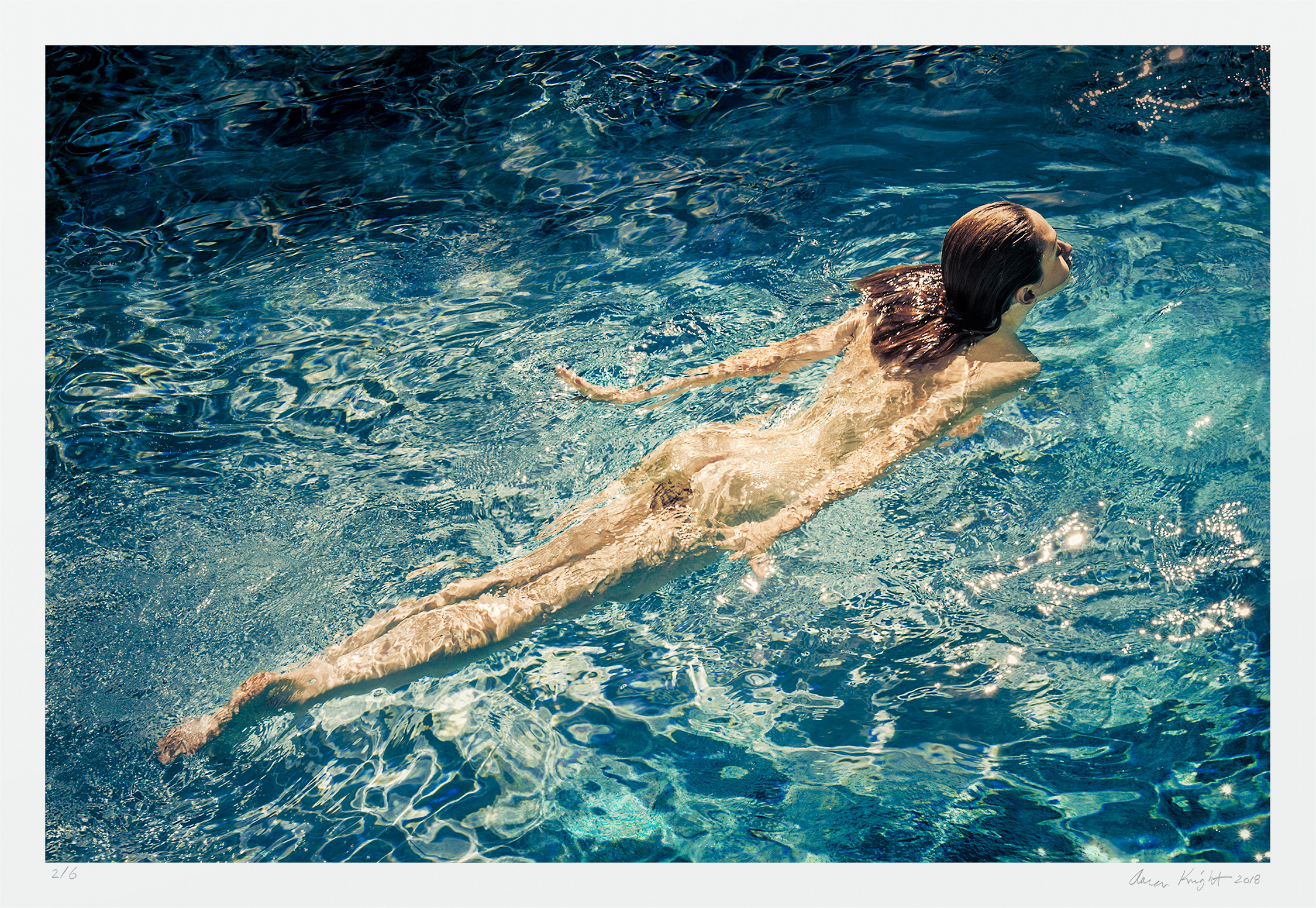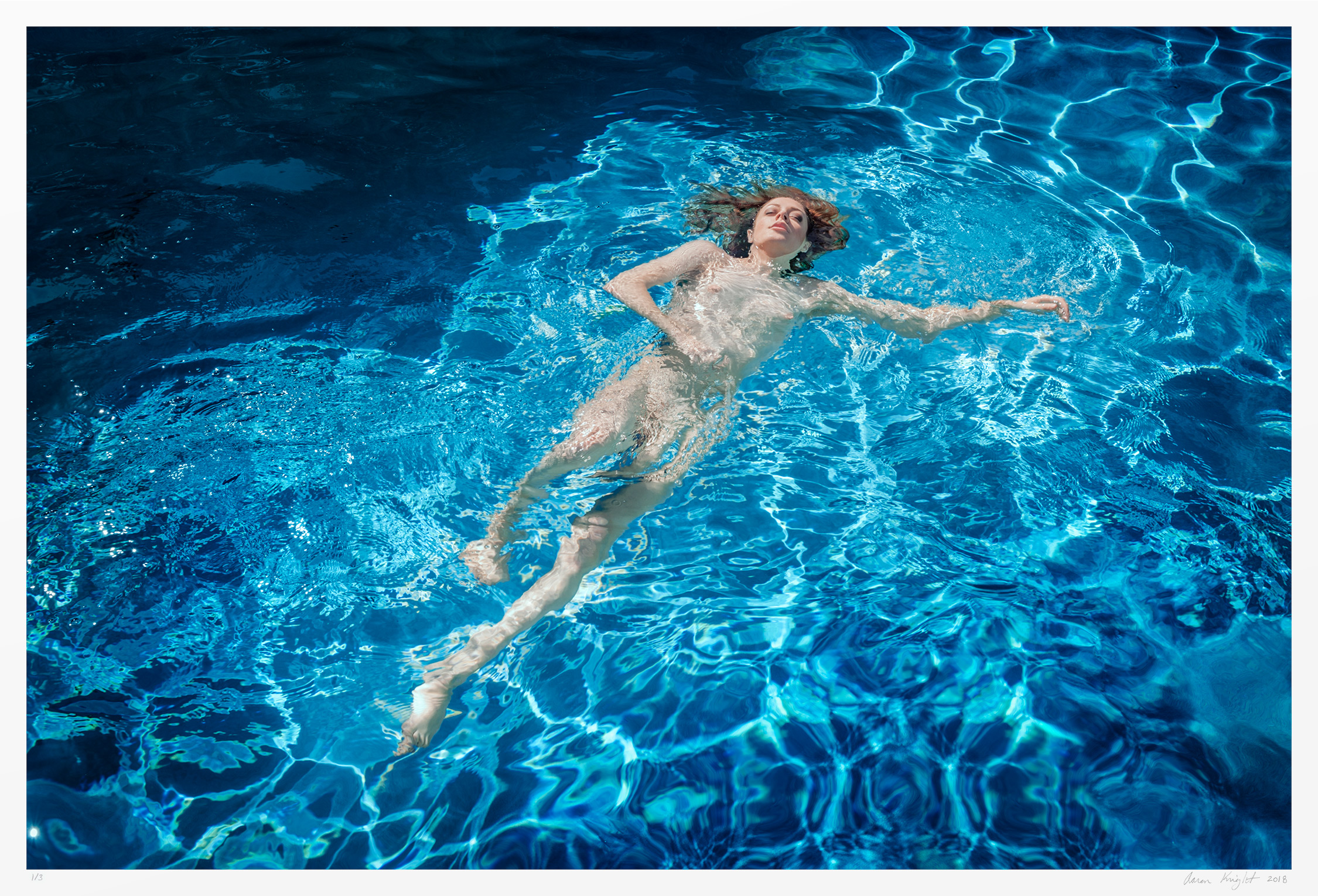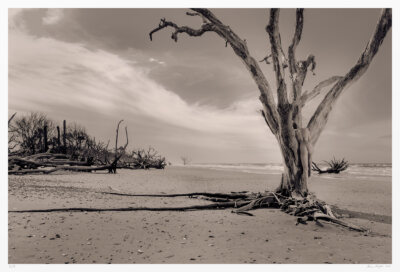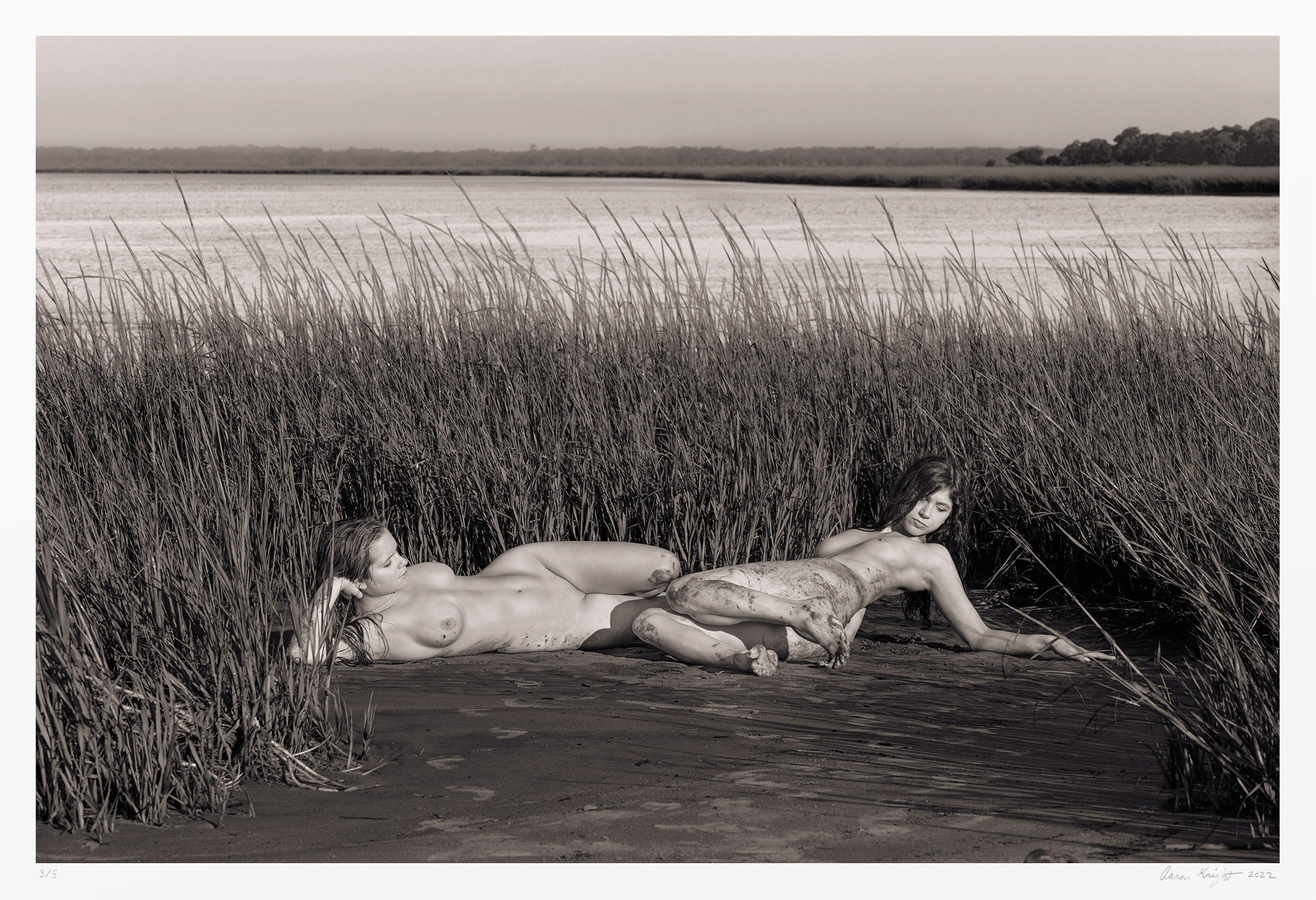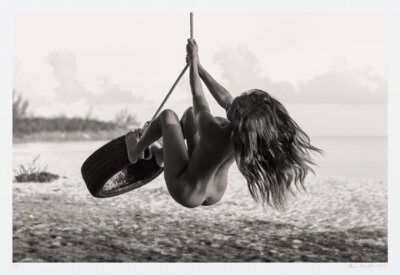Fine Art Photography
Fine art photography can resonate deeply with both collectors and decorators seeking aesthetics that are beautiful, meaningful, and personal. Beginning with the invention of photography, the 19th century was characterized by experimentation with photography as an art form By the later 20th century, photography had gained broad acceptance as an art form. Artists like Andy Warhol and Cindy Sherman helped elevate the stature of photography as an art form. Today, fine art photography is sold and collected through galleries and auction houses alongside other mediums such as painting, drawing, and sculpture.
Working exclusively with the female form, artist Aaron Knight employs photography to create theatrical images. Drawing from a background encompassing painting, sculpture, and theater design, Knight’s work can include immersive narratives, evoking emotions and encouraging thoughtful reflection.
Many viewers of fine art photography experience an immediate emotional response. Upon further inspection, one may notice creative decisions or other details that help them deepen a personal connection to the photograph. Contemplating symbolism suggestion by the subject matter can also help a viewer identify with a particular artwork.
When art photography reminds the viewer of a memory or aspiration, it draws them into the story, making it a more personal experience.
Art collectors and decorators consider a number of compositional elements. These can include the use of color or tonal contrasts. Certain colors can evoke emotions which can be individual and subjective. The proportion of light and dark values contribute to the overall mood of an image. Texture and pattern (or the lack of it) can add to the depth or tactile qualities of a photograph.
A meticulously crafted image need not be a technical masterwork to include elements of design and narrative concepts. Art lovers are often more interested in the subject matter and main points of interest rather than specific techniques through which an image was produced. However technique and narrative can go hand in hand to direct one’s attention. For example, placing the center of focus on the subject and leaving other areas less sharp can help guide the viewer’s eye through an image.
For collectors seeking art with intentionality, art photography can transcend the task decorating or the act of purchasing. Many photography collectors compare their pursuit of artistic images to a hunting trip, without an exact idea of what they’re looking for or when they will find it. The process of hunting for an inspiring art photograph can be as exciting as the moment you acquire it.
There is no one way or right way to approach collecting art photography. Often, art collectors distinguish their process by considering the artist’s larger body of work and selecting representative pieces that resonate with them. More decorative purchases will typically be chosen by how a particular photograph fits into the owner’s home, rather than the context of who created the artwork and why.
Photography is an egalitarian medium when it comes to be accessible to collectors from a broad spectrum of financial means. While some pieces fetch millions at auction, the nature of limited edition photographs provides a way for new collectors to get into the game at a reasonable cost. Nearly all of us have taken a photograph of some kind or other and have an appreciation of the effort required to create an image that is both striking and memorable.
